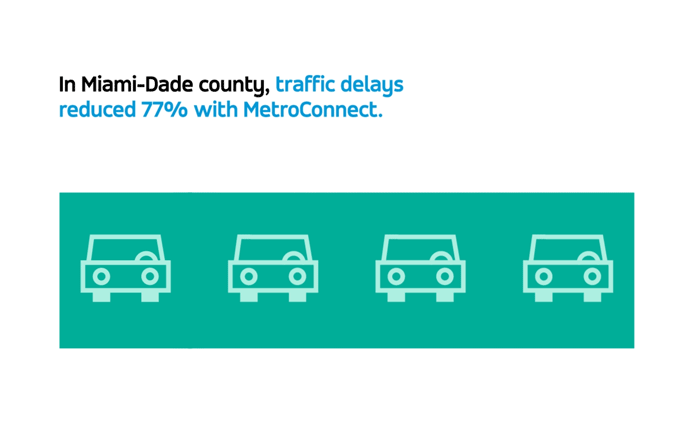As part of the Bipartisan Infrastructure Law (BIL), Congress created the Congestion Relief Program with the goal of reducing high levels of traffic congestion in urban areas. The program provides grant funds for projects which reduce congestion by improving connections between highways and other modes, reducing or shifting highway traffic at peak times, and pricing parking, road use, or congestion. For example, on-demand microtransit is specifically eligible under this program.
This week, the Biden Administration announced the availability of $150M in grant funding through the first round of the Congestion Relief Program. This round combines funding from fiscal years 2022, 2023, and 2024 into a single Notice of Funding Opportunity (NOFO).
States, municipalities, and metropolitan planning organizations (MPOs) may apply for funding for projects in urbanized areas with a population greater than 1 million (according to the 2020 Census). Check out eligible urbanized areas in the Remix map below.
The minimum award size is $10 million, and there is a required 20% local match. Projects should advance the goals of the program: reducing highway congestion, reducing environmental and economic costs of congestion (including emissions), and optimizing existing highway capacity.
Eligible projects include, but are not limited to, the deployment and operation of a congestion management system; a system that enforces high occupancy vehicle lanes; a system that implements cordon, parking, or congestion pricing; incentive programs to encourage travelers to use non-highway modes or carpool; and mobility services, including commuter buses and vans, express services, paratransit, and on-demand microtransit.
On-demand microtransit specifically can mitigate congestion by pooling rides, connecting potential highway users to transit options, and providing a low-cost alternative to using a single-occupancy vehicle in cases where road use charging solutions are deployed. In Miami-Dade County, for example, microtransit caused 77% fewer hours to be spent in traffic when compared to how passengers would have otherwise traveled.

The technology that powers microtransit can also work in coordination with other congestion management solutions by providing multimodal travel options, wayfinding, and account-based payments through a single app.
Via’s mission is to harness the power of technological innovation to improve transit for all. We believe this is a unique opportunity to be creative and groundbreaking in the next phase of your region’s transportation system. We’d love to partner with you on potential projects for Congestion Relief including, but not limited to:
- Launching an innovative on-demand service;
- Implementing road or congestion pricing;
- Providing travel demand management solutions.
If you’re interested, please reach out to partnerships@ridewithvia.com. We’d love to help as you consider applying and can provide insight on the application process. Applications are due April 22, 2024.
See more alerts here and click the button below to receive our newsletter, with new funding alerts included every month.

Rachel DiSalvo is a Grants and Funding Principal at Via, specializing in helping Via's public sector partners identify and apply for transit funding opportunities.




%206.png?width=71&height=47&name=The%20Buzz%20Blog%20Hero%20(1750%20x%201200%20px)%206.png)